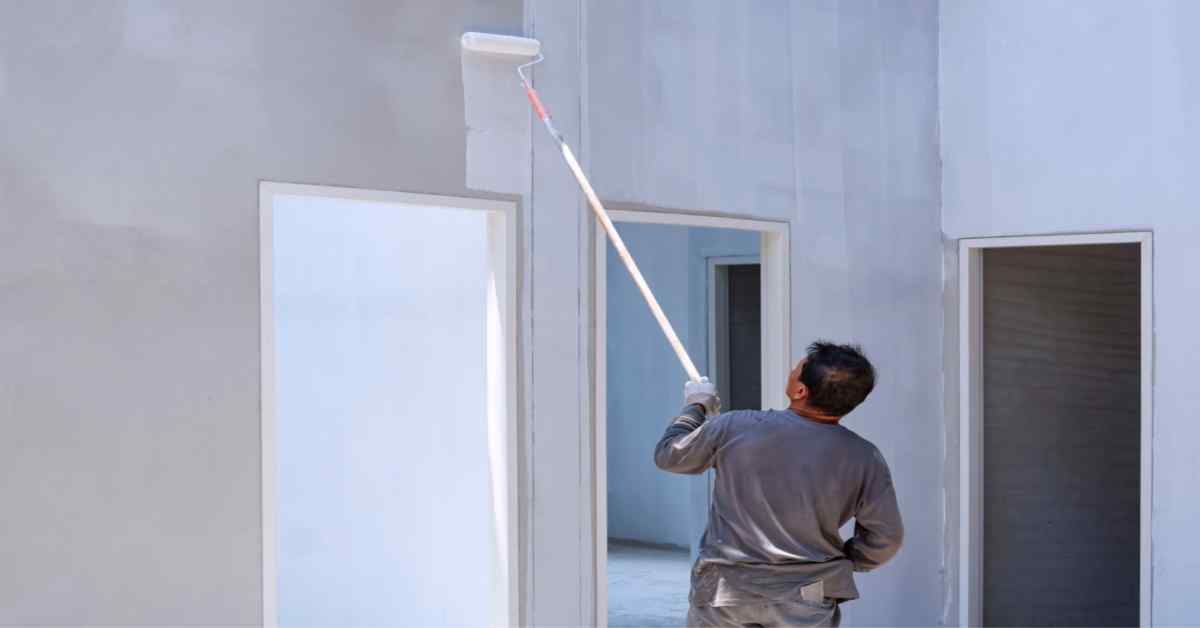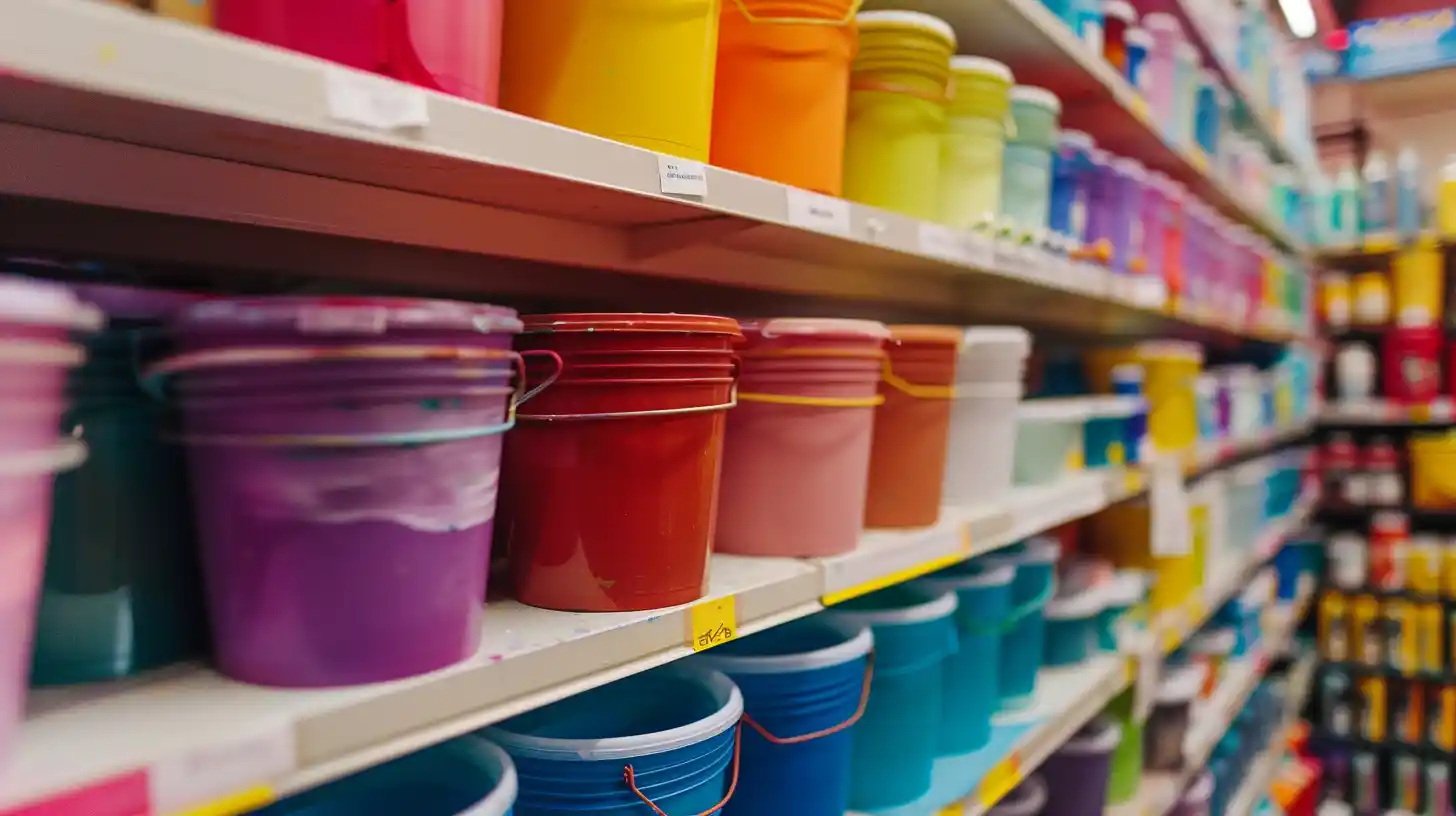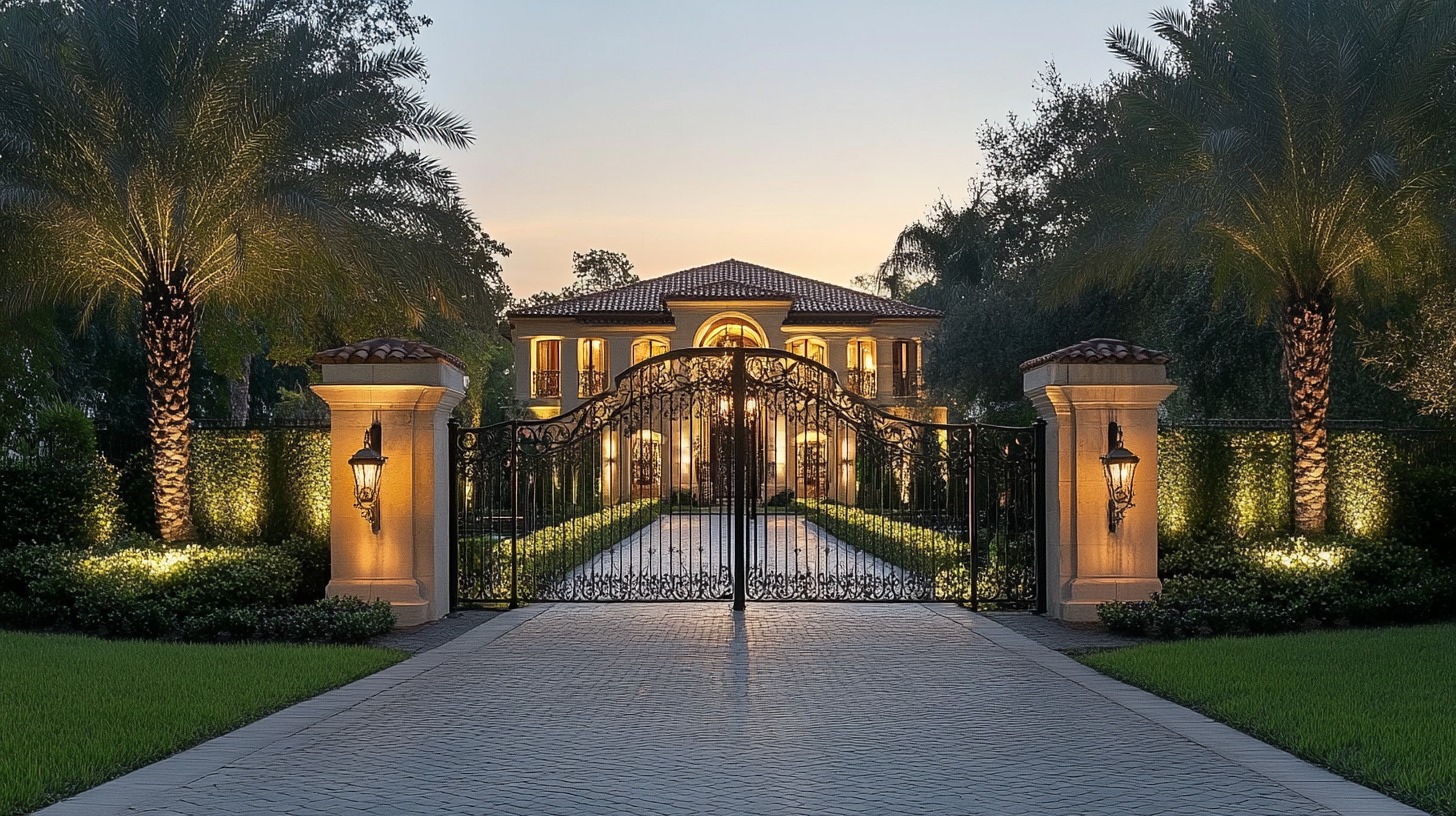Table of Contents
Quality Service Guarantee Or Painting Free

Get a rental agreement with doorstep delivery

Find the BEST deals and get unbelievable DISCOUNTS directly from builders!

5-Star rated painters, premium paints and services at the BEST PRICES!
Loved what you read? Share it with others!


Submit the Form to Unlock the Best Deals Today
Help us assist you better
Check Your Eligibility Instantly

Experience The NoBrokerHood Difference!
Set up a demo for the entire community
Distemper Paint Vs Emulsion Paint – Advantages, Disadvantages Explained 2025
Table of Contents
Most people are perplexed about using distemper or emulsion paint when painting their homes. In this blog, you will learn precisely what distemper and emulsion paint are and the benefits and drawbacks of using each kind of paint. Then, we will clarify the fundamental distinction between distemper and emulsion paint and do our best to shed some light on distemper vs. emulsion paint. Also, in the following parts, we will describe how to apply distemper and emulsion paint on walls, respectively.
What is Distemper Paint?

Paint created with water, chalk, and pigment was previously known as distemper. This sort of paint is ancient. An animal glue or the adhesive capabilities of casein, a resin derived from solidified milk, binds it together. Chalk, lime, and water are the three primary components of distemper paint. Cement paint is another name for the product known as distemper paint. This is because this paint may be placed straight on cement walls without any additional coating or the need for primer, which is why it is given this name.
They are a more affordable alternative and maintain quality for over three to four years. Painters in Bangalore often utilise diffuse paints for the inside and exterior walls of homes they are painting. They typically need two layers of coating. Acrylic Distemper Paint, Synthetic Distemper Paint, and UNO Acrylic Distemper Paint are the three varieties of distemper paint that may be purchased in retail stores today.
Quality Service Guarantee Or Painting Free

Get a rental agreement with doorstep delivery

Find the BEST deals and get unbelievable DISCOUNTS directly from builders!

5-Star rated painters, premium paints and services at the BEST PRICES!
Acrylic Distemper Paint
Acrylic Distemper Paint provides customers with a diverse selection of water-based interior wall paints with over a thousand different colours. It is of the best-grade acrylic distemper paint, providing the walls with a delightfully smooth matte finish. In addition, it ensures shade retention for a long time, is available in a unique range of 450 bright, attractive shades, a formulation with acrylic copolymer binder gives an unparalleled performance, and its fast drying property facilitates quicker completion of painting work for house painters across Bangalore. Moreover, it has unmatched durability and a smooth finish that is not equal to that of the Distemper Paint category.
Synthetic Distemper Paint
Distemper colours for home give your house a stunning appearance that lasts for years. Synthetic Distemper Paint is a water-based finish with fascinating direct shade choices. It has a uniform matte film that can be wiped clean with clean water. White can be tinted with a universal acolyte strainer to obtain customised shades. In addition, the oil-bound paint film becomes harder over time, giving it better durability and making it easier to wash.
UNO Acrylic Distemper Acrylic Paint
The cost-effective and water-based Uno Acrylic Distemper Paint is an acrylic distemper paint that is ideal for interior walls and available in various colours. This distemper paint is washable, so it will keep your walls looking brand new for a long time, and it comes in more than 950 different colours. The Uno Acrylic Distemper Paint has a silky smooth and matte finish. Because the shades keep their original brilliance for extended periods, your walls will continue to seem like they were just painted. It comes in a diverse selection of colours to choose from. Because of this, you can paint your walls in whatever colour you want. A damp towel may be used to remove the stains you have.
Benefits of Using Distemper Paint
- Paints made with distemper paints do not need priming and may be applied to cement surfaces without prior preparation.
- Compared to the prices of other options, theirs are much more affordable.
- They remain for a long time, often between three and five years.
- They have a pungent odour of their own.
- They do not get dry or crack when exposed to sunshine.
Disadvantages Associated with the Use of Distemper Paint
- Paints made with distemper paints do not need priming and may be applied to cement surfaces without prior preparation.
- Compared to the prices of other options, theirs are much more affordable.
- They remain for a long time, often between three and five years.
- They have a pungent odour of their own.
- They do not get dry or crack when exposed to sunshine.
What is Emulsion Paint?

Emulsion paint is characterised by acrylic resin and other resins such as SB-Latex, Poly Vinyl Acetate, and others in an emulsion form. This resin serves as a binder or adhesive on the paint's surface. Any paint will not adhere well without an adhesive first being applied. After the paint has dried, the acrylic resin's adhesion-promoting properties help keep the other components where they belong. Pigments, which are responsible for the colour of the paint as well as its resistance to ultraviolet radiation; solvents, which either dissolve part of the paint or make it easier for it to flow; and numerous additives round out the composition of paint (like an anti-skinning agent, anti-settling agents and surface-active agents.
Pigment, resin, solvent, and other additives are the standard components that make emulsion paint. Emulsion Paint is a kind of paint that is based on water. Working with oil-based paint is far more difficult than working with emulsion-based paint. Nevertheless, many homeowners feel it is useful and appropriate for their property. When applying emulsion over distemper to walls, you avoid the strong scents produced by oil-based paints, which is only one of the many advantages of this method. Emulsion paint is also straightforward to clean and maintain.
Different kinds of emulsion paint
The many kinds of emulsion paint finishes each has their distinct advantages. The use of matte emulsion paints helps conceal any imperfections that may be present on the walls. The use of emulsion vs distemper contributes to the extended durability it offers. Compared to the other two options, it is among the long-lasting materials that can effectively manage regions with high moisture levels. But when it comes to the glossiness, it tends to grow and grab the focus over the imperfection on the walls. This is because of how it reflects light.
- Vinyl soft sheen
- Vinyl matte
- Vinyl silk
Vinyl Soft Sheen
Emulsion with a medium shine resistant to typical humidity levels may be cleaned with a damp cloth. In addition, the use of vinyl soft sheen emulsion paint contributes to its extended durability. Compared to the other two options, it is among the very long-lasting materials that can effectively manage regions with high moisture levels.
Vinyl Matte
Vinyl matt is more damage-resistant and long-lasting than other types of flooring. When referring to paint as "vinyl," we refer to the fact that a specific resin has been added to the paint. The same resin is often used in acrylic paints to get the same appearance. Walls and ceilings may be painted with vinyl matte emulsion, which is a paint that is very simple to apply. Because it is water-based, it can be applied to almost any flat surface easily. As it has a matte finish, it will also give a flat, non-reflective surface, making it an excellent choice for hiding any surface defects that may already be present.
This emulsion paint works well in residential and less demanding business settings. Even though it is relatively simple to apply, it is still quite simple to mark. As a result, it is most effective when used in sections of your property that see minimal wear. This may include the following.
- Ceilings.
- Dining Rooms.
- Bedrooms.
- Lounges or Waiting Areas
Vinyl Silk
Vinyl Silk Emulsion is a form of paint with a lasting finish. It is made of pigments crushed up in a varnish medium. Vinyl silk paints often have a low odour and a longer drying time than other types of paint. However, they offer the distinct advantage of allowing you to clean your brushes with water.
Benefits of Using Emulsion Paint
- Emulsion Paint may last four to five years, much longer than distemper paint.
- Paint that is made using emulsion has a pleasant aroma.
- They do not get dry or crack when exposed to sunshine.
- In comparison to Distemper Paints, the quality and finishing are much improved.
- When wet, the emulsion paint will not flake or peel.
- It can be washed, and the colour won't get less vibrant with time.
Problems Associated with Emulsion Paint
- Unlike distemper paints, emulsion paints tend to have a higher price tag.
- Before putting emulsion paint on the wall, a primer and putty coat are required to be applied.
How Should the Distemper Paint Be Applied to the Wall?
The application process for distemper and emulsion is distinct depending on whether the painted surface is fresh or old.
Preparation For a New Surface
If you wish to paint a freshly plastered wall, you must give it enough time to cure fully. The manufacturer recommends that new stonework be allowed to cure for 28 days. However, be sure that any wetness is allowed to dry off fully. Three to six months is preferred based on the area's environment, which has a high humidity level. Using a wire brush or putty knife, remove loose particles, such as dust, dirt, oil, wax, mortar droppings, etc. We used a dry towel to clean the whole surface and reviewed it many times.
Old Surface Preparation
Remove any loose particles, dust, filth, oil, wax, mortar droppings, and the development of fungus, algae, or moisture with a wire brush or putty knife. Use sandpaper to thoroughly rub the worn surface. The whole surface should then be washed and allowed to dry. Putty or gypsum should be used to fill up any holes or cracks up to three millimetres wide, and then the area should be left to dry. Next, sand the wall with sandpaper to create a smooth surface, and then wash it down with a dry towel to remove any dust that may have accumulated.
How To Apply Emulsion Paint to the Wall?
- Preparation: Gather your materials. Start by painting the walls with a white emulsion base coat, then add your chosen top colour.
- Base Coat: Use a matte white emulsion for the base coat to enhance the topcoat’s finish.
- Surface Prep: Remove wall decorations, cover the floor with plastic, and tape the edges of the floor, ceiling, and skirting boards.
- Clean Walls: Wash the walls with a mild detergent solution, then rinse with clean water and let dry.
- Dry Walls: Ensure the walls are completely dry before painting.
- Sanding: Sand shiny or smooth walls with 50-grit sandpaper to help the paint adhere better. Afterwards, clean off the dust.
- Priming: Apply the first coat of primer, let it dry, then add the second and third coats as needed. After drying, let the base coat dry, then apply the topcoat.
- Painting: Use a thin layer of paint, roll off excess paint on the tray, and apply in an M or W shape.
- Final Touches: Start painting from the bottom, work up, and cover the entire wall with diagonal strokes. Finish with any final touches for a smooth finish.
The debate about distemper paint vs emulsion paint will always continue, but knowing the basics about both paints is essential! We hope this blog was informative and helped you understand the different aspects of distemper and emulsion paints. If you are looking for an expert home interior and exterior painter, NoBroker is here to help you! Our team will help in everything from choosing the right paint colours to procuring the materials and executing the post-painting clean-up! If you are interested in a free painting consultation, comment below this article; our executive will contact you soon.

Frequently Asked Questions
Q: How often must painting be done on interior walls?
Ans: Interior wall painting must be done at least every 6-7 years or before if the paint starts to wear off before this period.
Ans: If your MDF is not pre-primed, you must do so before painting. Emulsion paint or a bespoke acrylic primer may be utilised as water-based preservatives.
Ans: Furthermore, paint or emulsion clings better to a primer than bare wood. Woodwork that has been undercoated may help maintain it and prevent strong or underlying colours from shining through to the topcoat, in addition to uniformity.
Ans: The woodwork should be primed and undercoated first, followed by two coats of Emulsion paint on the walls, and then a careful top coat around the woodwork. This is a general rule of thumb.
Ans: NoBroker offers excellent painting services for interior and exterior walls as well. Book a free consultation visit today to know more!
Recommended Reading

22 Best Trendy Staircase Wall Colour Combination for Every House 2025
October 14, 2024
5234+ views

Distemper Paint Price 10 Liters
September 10, 2023
2610+ views

Distemper Paint: Elevate Your Walls with Timeless Charm
August 24, 2023
2609+ views

Emulsion Paint: Exploring Its Types, Features, and Applications
August 24, 2023
3316+ views
Loved what you read? Share it with others!
NoBroker Painting Testimonials
Before this festive season
get your house painted
Most Viewed Articles

40+ Best Stunning Two Colour Combinations for Bedroom Walls to Elevate Your Space in 2025
December 31, 2024
308790+ views

Top 25 Outside Color Combinations with Colour Codes for a Stylish Home in 2025
December 27, 2024
127141+ views

Asian Paint Price 20 Litre: Complete Guide to Different Variants and Costs in 2025
December 17, 2024
57429+ views

24 Latest Main Gate Colour Combinations for a Modern Look in 2025
December 28, 2024
45003+ views

Top Asian Paints Colour Codes: Transform Your Home with Latest Colours 2025
December 17, 2024
39764+ views
Recent blogs in
Berger Walmasta 20 Ltr Price List for Different Variants in 2025
January 24, 2025 by Jessica Solomon
Top 20 Kitchen Cupboard Colour Ideas For Modern Kitchen Space in 2025
January 24, 2025 by Ananth
Asian Paints Apex Shyne 20 Litre Price List for Different Variants in 2025
January 24, 2025 by Ananth
26 Best 3D Wall Painting Design Ideas for a Stunning Home Decor in 2025
January 24, 2025 by Jessica Solomon
Top 20 Dark Pink Colour Combinations
January 16, 2025 by NoBroker.com





Join the conversation!